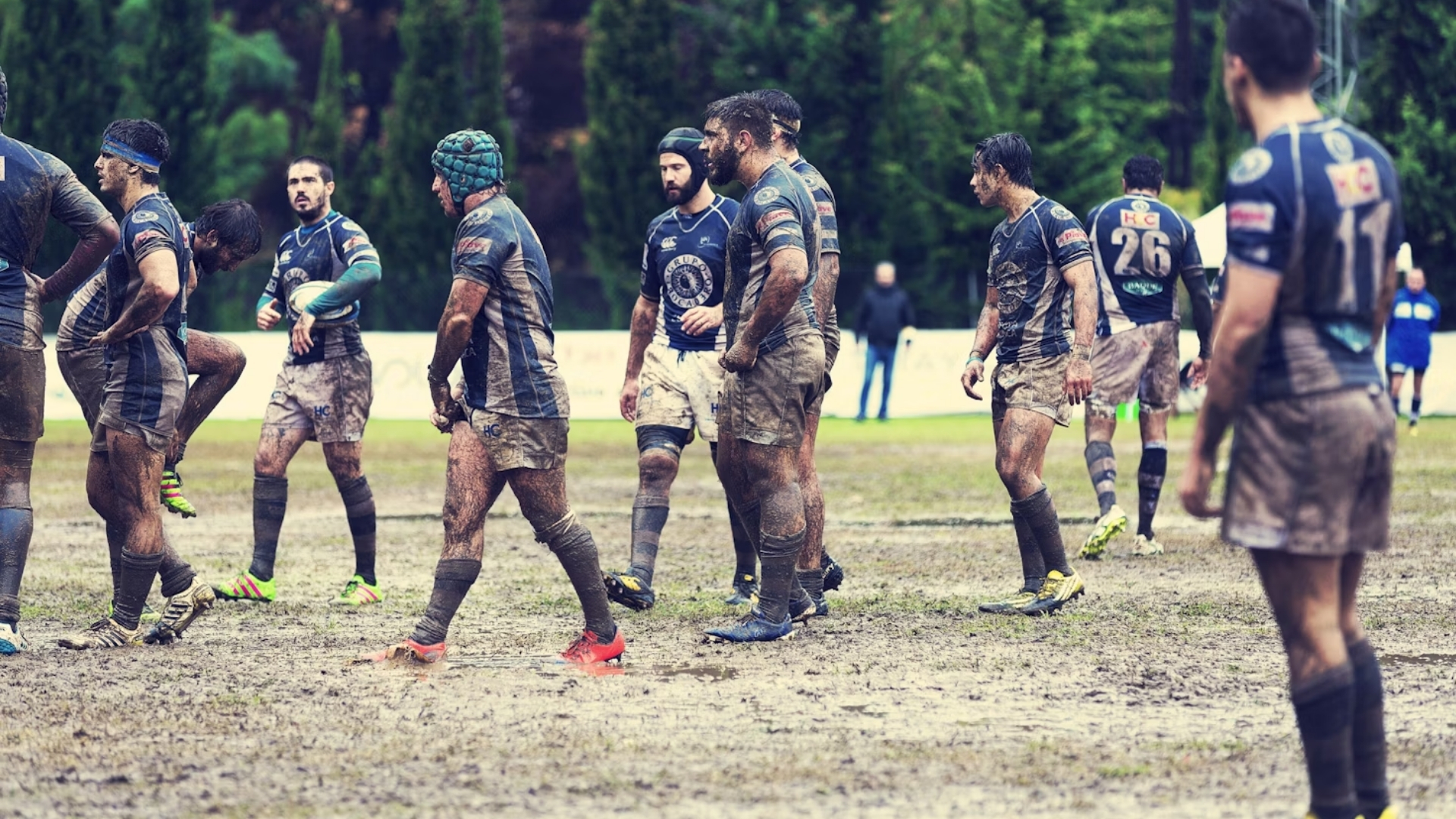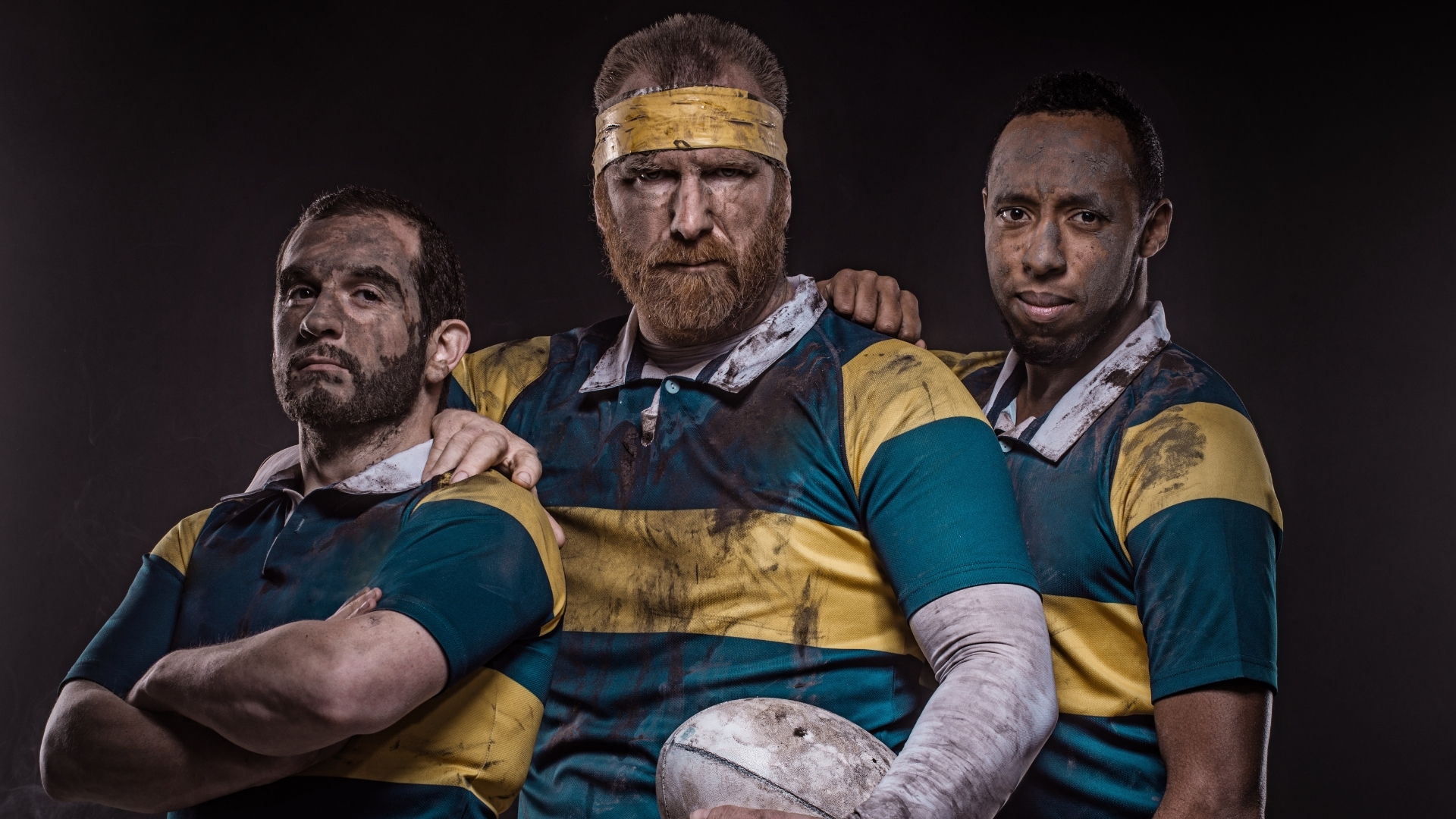Ever wondered what a prop in rugby actually does? Let’s dive into this powerhouse position that’s crucial to any rugby team’s success.
The Backbone of the Scrum: Introducing Rugby Props

Props are the unsung heroes of rugby union, playing a vital role in the front row of the scrum.
The foundation of the pack, these powerful forwards provide the necessary strength and solidity in set pieces.
Consider them the team’s pillars of support; they may not be the center of attention all the time, but the ship would sink without them.
Props with a loose head and a tight head are two sides of the same coin.
Props can be classified as either loose-head or tight-head in rugby.
Packing down on the left side of the scrum, the loose-head prop dons the number one jersey.
On the other side, the tight-head prop wears number 3.
In the scrum, each person plays a defined job and collaborates to build a strong foundation for their team.
Beyond Merely Scrummaging: The Accountant’s Accountabilities
While scrummaging is their bread and butter, props have other crucial tasks on the field.
They’re key players in lineouts, lifting jumpers to secure possession.
In open play, props also serve as battering rams, bursting through opposing lines with their bulk.
Don’t let their size deceive you; these guys can tackle just as well as anyone.
Constructed Like a Tank: A Prop’s Body
Props are typically the heaviest players on the field, with bodies built for power and endurance.
They need immense upper body strength to withstand the pressures of the scrum.
But it’s not all about size – modern props are also surprisingly agile and fit.
Mastering the Art: Prop Techniques and Skills
Scrummaging technique is a prop‘s most important skill, requiring perfect body positioning and binding.
They need to generate massive force while staying stable – it’s a real balancing act.
Props also need decent ball-handling skills for those moments when they find themselves in open play.
Legends of the Front Row
Some props have become rugby legends, like New Zealand‘s Tony Woodcock or England‘s Jason Leonard.
These athletes demonstrated how props are more than simply workhorses—they can change the game.
They may not have the same recognition as a Dan Carter or Jonny Wilkinson, but they nonetheless have an as big impact on the game.
The Evolution of the Prop Position

The role of props has evolved in modern rugby, with rule changes affecting scrummaging techniques.
Today’s props are more mobile and involved in open play than ever before.
This evolution has made the prop position more dynamic and crucial to a team’s overall strategy.
Remember, a prop in rugby is more than just a big guy pushing in the scrum – they’re the foundation upon which winning teams are built.
The Nitty-Gritty: Understanding Scrummaging
Scrummaging is where props truly shine. This set-piece puts your strength, skill, and resolve to the test.
The front rows of opposing teams practically lock horns during a scrum. While the tight-head prop binds with the opposite hooker, the loose-head prop binds with the tight-head of the adversary.
The goal? To push the other team back and win possession of the ball. It’s a chess match of power and technique played out in seconds.
Beyond the Scrum: Props in Open Play
While the scrum is their specialty, modern props are expected to contribute all over the field.
In attack, props often act as “crash balls,” taking the ball into contact to create quick ruck ball.
Defensively, their size and strength make them formidable tacklers, capable of stopping even the most powerful runners.
The Unsung Heroes of the Lineout
Props play a crucial role in lineouts, though you might not always notice them.
They’re often the ones lifting the jumpers, using their strength to hoist teammates high into the air to catch the ball.
This requires excellent timing, coordination, and no small amount of power.
The Mental Game: A Prop’s Mindset
Being a prop isn’t just about physical attributes – it’s a mental game too.
Play after play, props must be psychologically strong and prepared to compete in physically challenging games.
They must also possess tactical intelligence, knowing when to hold the defensive line and when to commit to rucks.
Training for the Front Row

Prop-specific training is intense and varied. It includes:
– Heavy weightlifting to build the necessary strength
– Scrum machine work to perfect technique
– Cardiovascular training for match fitness
– Flexibility exercises to prevent injuries
The Impact of Rule Changes
Rugby is an evolving sport, and recent rule changes have significantly impacted the prop position.
Changes to scrum engagement sequences have put a premium on technique over raw power.
There’s also been an increased focus on player safety, affecting how props can engage in scrums and tackles.
From Twickenham to Eden Park: Props on the World Stage
Props have played crucial roles in some of rugby’s biggest moments.
Props have frequently been the unsung heroes of big moments, from World Cup-winning heroics at Eden Park to pivotal scrums at Twickenham Stadium during the Six Nations Championship.
World Rugby acknowledges their influence, with some props winning top awards over time.
The Future of Propping
As rugby continues to evolve, so does the prop position.
We’re likely to see even more emphasis on mobility and ball skills for props in the future.
However, their core role – providing stability and power in the scrum – will always remain crucial to the game of rugby union.
In conclusion, props are the cornerstone of any successful rugby team. Although they might not always make the news, they nevertheless make a priceless contribution. Keep an eye out for these unsung heroes of the front row the next time you watch rugby; you could come away with a newfound respect for the craft of propping.